Epic road trip adventure to Pomene, Mozambique
Pomene Peninsula – Massinga - Southern Mozambique
Overland Road Trip Adventure to Pomene
We were no strangers to Mozambique, as the Moz bug had bitten us well and truly. We have had numerous adventures and even some hairy moments. It would be fair to say we knew a few things about Southern Mozambique but we were by no means experts. Pomene was one of our favourite spots and our family had heard much about it from us. After many wishful sighs from them, we took them on an epic road trip adventure.
We usually camp when we go to Mozambique but because there were five of us we chose to stay in self-catering accommodation. The logistics of organising camping for so many of us would have been difficult, even though we are quite well equipped.
Much like a family holiday at the seaside, the vehicle and trailer were just about bursting at the seams with us, food, clothing and a few other supplies. This time though we were a group of five adults all over the age of fifty.
Signs at ladies and men’s toilets
The matriarch of our family and the driver got the prime seats in the front. The rest of us squashed in on the backseat. It was a bit tight, but the end destination would make up for some of the discomfort.
We warned our family that we would be staying mainly in budget friendly accommodation – sometimes considerably basic places. They had no objection and were keen on the adventure.
It was a major mission to make sure we had everything, even down to water for drinking purposes as well as mosquito nets, as not every establishment provided them.
We self-catered, with the occasional meal at a restaurant. We replenished some of our fresh produce and bought fish or seafood from vendors and markets. More and more supermarkets have materialised over the years, but in 2009 they were few and far between.
Mercado Central - market at Inhambane
Mozambican lady selling fruit
Sailfish or marlin
Hot tips and facts about southern Mozambique
Accommodation was basic in some places but very comfortable in others. In some places, the seating around a table was a concrete slab with a cushion.
We were there in February and March which is tropical cyclone season. It was windy, very humid and extremely hot the further north we went.
Over the last ten years, there has been more development in certain areas. Some buildings that were there in previous years have disappeared or burnt down. Many of the lodges are built from palm fronds and wood with a base of concrete. New lodges or hotels continue to sprout and some are more permanent structures.
Traveling through Mozambique is always an adventure. No matter where you go or where you drive, it is not your average highway in a first world country. Be prepared for the unexpected. You will even find school children walking down the streets of the main highway, the EN1, near their towns or villages.
Malaria prophylaxis is a necessity in Mozambique. So too is sunscreen.
It is not a requirement to have a 4x4 to go to Mozambique. However, depending on your end destination, you often find the last few kilometres are on a sandy stretch of road, so you may have difficulty getting there.
You will find many informal vendors selling pao, fish, seafood, fruit, cashew nuts and vegetables in Mozambique. Although the vendors work hard at get their supplies to you as fresh as possible, be cautious when buying seafood or fish.
Mozambique is still on its knees after a long civil war that left the people in poverty and the infrastructure ravaged by battles. Ruins still bear witness to that.
Regular floods during the cyclone season continue to cause damage. This makes it even more difficult to alleviate poverty.
To further cripple the economy, in the north since October 2017 there have been numerous attacks and conflicts by insurgents.
Fortunately Mozambique is a long country and the north is far from the south, so there are safe areas to travel to and enjoy.
Do not judge your traveling time by your usual standards. It takes longer to drive through Mozambique, even on tar/asphalt, as the speed limit changes continuously, especially when approaching villages and towns.
In some areas such as near Maputo, you may find toll roads where you have to pay a fee.
To get to some beaches in Mozambique you often have to traverse high sand dunes.
No matter where you are, even in the most remote places, you should be able to get a form of bread or rolls - traditional pao is baked in the most interestingly improvised ovens.
We always stock up on cashew nuts, which is often sold next to the side of the road or at the markets. It is a great snack to ward off the hunger pangs.
Bread or pao bakery
Dried fish
Cashew nut and apple
Did you know?
A cashew apple is attached to the cashew nut, which protrudes from the bottom and is encased in a shell. Apparently you can eat the cashew apple raw or you can add it to curries. You can also ferment it into vinegar or an alcoholic beverage.
EN1 - the national road - children walking to or from school
Itinerary, route and distances to and from Pomene:
Total distance covered on our trip was 2710 kilometres over a period of 14 days.
Distances are approximate.
We travelled from Johannesburg to Marracuene via the Lebombo/Komatipoort/Ressano Garcia border.
Marracuene Lodge - 1 night – distance from Lebombo border control 100 kilometres.
Paindane Beach Resort - 3 nights – distance from Marracuene Lodge 460 kilometres.
Pomene Lodge - 4 nights – distance from Paindane Beach Resort 200 kilometres, but length of time is longer because of the long stretch of sand, gravel or dirt road.
Makolobay Resort, Barra Reef - 3 nights – distance from Pomene Lodge 200 kilometres.
Zavora Lodge - 2 nights – distance from Barra Reef 120 kilometres.
Palmeiras Praia Do Bilene - 1 night – distance from Zavora Lodge 300 kilometres.
Distance from Praia Do Bilene to Lebombo border control 260 kilometres.
Marracuene Lodge
Arriving at Marracuene, we were all slightly bewildered. The journey from Johannesburg had not been too bad but going through border procedures often takes time and we were tired. Although we have air-conditioning in the car which keeps the interior cool, the minute you step outside, the heat hits you.
We were only at Marracuene for one night before we headed further north. Our accommodation was basic and in need of some revamping. It was not near the sea, but we were next to the river which was full of water hyacinth which is an invasive aquatic weed.
There was a pool to cool off in and after a refreshing swim we had dinner at the restaurant. Apparently there is a beach that is 33 kilometres long next to the Indian Ocean but we did not get a chance to see it.
Paindane Beach Resort
Praia de Paindane has a beautiful ocean and reef on one side and remnants of plantations of coconut palms inland and is just 28 kilometres South of Inhambane. We chose to stay for three nights.
To reach the resort there is a steep sand road to the entrance which can be daunting.
We swam and snorkelled at the reef. We also explored some of the area including the adjoining Guinjata Bay.
Road block to Pomene
Pomene Lodge
Pomene was the furthest we would go and is approximately 600 kilometres north of Maputo and 170 kilometres south of Vilanculos. It is a remote location and once you have left the tar road it takes another few hours to drive 60 kilometres on a dirt road that eventually becomes a sand track. The last stretch is next to mangrove swamps.
View from our chalet
Often known as Pomene island, in 2008 we decided to see for ourselves if that was true. We loved it so much that we had to share this place with our family and opted to spend four nights. One could easily think it is an island, but it is a sandbar between the ocean and the lagoon.
Pomene was hot with a blistering sun reflecting off the powdery white sand. All we wanted to do was cool off in the sea. The men tried their luck at fishing. The old Pomene hotel ruins are worth a visit but we did not stay long as it was so hot.
Best coconut curry crab in Mozambique
In the evening we relaxed and looked over the lagoon at the sunsets. They were the best!
Selling curios at Pomene lodge.
Rocks and blow holes near the ruins of the old Pomene Hotel
Need some Rugged Gear for adventures?
Looking for accommodation in Mozambique?
Makolobay Resort, Barra Reef
Soon after we left Pomene we hit a typical tropical rainstorm. Red slippery mud or clay is not a pleasure to drive on. Our trailer was covered in mud that I am sure weighed a few extra kilograms.
Makolobay resort is almost on the tip of the Barra reef peninsula and our accommodation where we spent three nights was a stone’s throw from the beach.
Inhambane Bay and lighthouse
Guinjata Bay
Tofo Bay
We spent the days walking on the beach, swimming and exploring Inhambane, Tofo and Tofinho. We bought lovely prawns and crayfish to cook for dinner. We also spoilt ourselves with a few restaurant dinners.
Zavora
Zavora Lodge
Zavora is well known for its fishing as well as its beautiful natural reef and tidal pool suitable for snorkelling and swimming which is only accessible during low tide. It also has one of few remaining lighthouses along this coast.
Our accommodation for two nights was in one of the old buildings used by the Portuguese before they left Mozambique. It had a beautiful view over the ocean, but the noise from the waves was deafening at times. Not that I’m complaining! At the right time of year you should see sightings of Humpback whales and dolphins.
Unfortunately the tide and wind was not kind to us, so we could not snorkel or swim there.
Mozambique
Palmeiras Praia Do Bilene
Our last night in Mozambique was spent in a thatched ‘rondawel’ or bungalow at Palmeiras, Bilene on the shores of the lagoon. It was a perfect place to end our trip. Somewhat melancholic and subdued, we were disappointed our adventure had come to an end.
Historic sites and information about Mozambique
Let’s be honest, Mozambique is known for its beaches and seafood. That does not stop us from experiencing some culture while we are there. We visited a few of the historical sites that had been revamped or built.
CFM Railway Station, Inhambane
Inhambane had a narrow-gauge railway. Unfortunately its full value was never realised before the war started.
Inhambane was a Portuguese trading post in 1534 when it exported tons of cashew nuts, copra, cotton, oil seed, peanuts and sugar before Frelimo took over in the 1960's.
The produce was loaded into boats at Inhambane harbour. Migrant workers also regularly left by boat to head to Maputo, then known as Lourenco Marques and then went by rail to Johannesburg. They were destined for work on the gold mines in South Africa.
Inhambane was also popular with Portuguese explorers such as Vasco Da Gama in the 1400 and 1500’s. It also has a sad history of slave and ivory trading until the latter part of the 1800’s.
FRELIMO Monument to Fallen Heroes
The FRELIMO Monument to Fallen Heroes in Tofinho, Mozambique commemorates the people who died in the struggle towards independence. The pumped fist with a chain is meant to motivate people not to give up the struggle.
I can’t help but wonder if the dilapidation of the fist is symbolic to the struggle that still continues.
APOPO Mine Action programme
We drove past the Base Training field of the APOPO Mine Action programme. Since the war many mines were still undiscovered until an unfortunate soul stepped on it with obvious disastrous consequences.
HeroRATs are used to detect explosives and can search an area the size of a tennis court in 30 minutes. A manual deminer with a metal detector can take up to four days to do the same job.
Pomene hotel ruins
A quote I found from “PF” on Google maps.
“I’d like to share the photos I took in Pomene in July of 1970. I had finished primary school in LM and the ff year went to boarding school in Johannesburg.
There was plenty of superb and expertly cooked shellfish at the local restaurant. The place was super clean and the staff super nice. Most guests were South African. Basically you’d drive to Massinga and the hotel Comi VW would pick you up and drive to the hotel. I never figured out how the owner managed to drive his Jaguar to the hotel given the road from Massinga... I loved this place! Will remember it for ever!”
Simple but tasty food: Fish & chips, Coconut curry prawns, Lemon & herb Portuguese chicken.
I often wonder what it must have been like to visit that hotel. As far as we know there are no signs of a tar road, so it must have taken as long as what it took us to reach the hotel and peninsula. But what a delight once you settled down in the hotel for a relaxing holiday.
Recently MSC Cruises have used Pomene as a new destination in Mozambique. The area where we stayed has changed somewhat to accommodate those coming to shore.
Pomene Lodge has changed somewhat, including its name since we were last there.
Once again this was an unforgettable trip to Mozambique. If you are up for an adventure, it is worth going.
Find me on Social Media
If you would like to leave a comment on my blog, you can comment as a guest without logging in, but you will not be notified of my answer.
If you would like to be notified of my reply, you must log in to subscribe. Click Subscribe via e-mail to receive an email notification of my reply or if new comments are added to that post.
This will subscribe you to the comment thread only, not my blog notifications and newsletters. I know it is quite a process, but this helps keep our websites secure and reduces spam replies.
Your email address will not be shared or displayed.









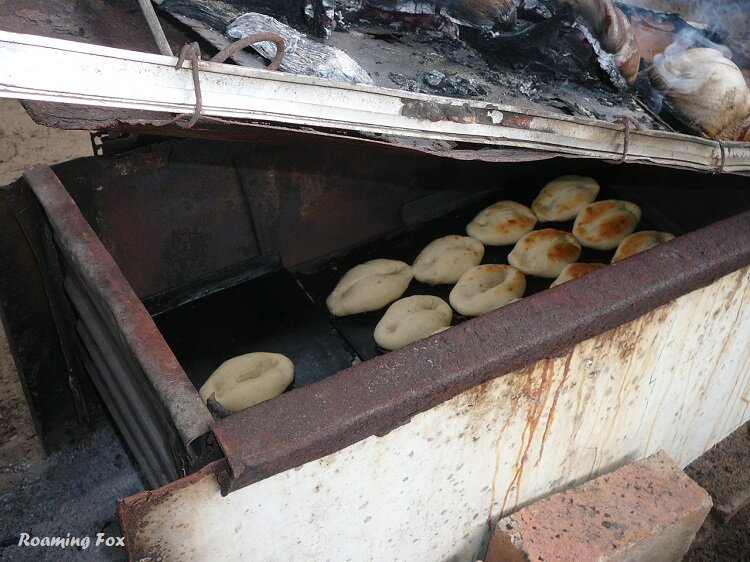








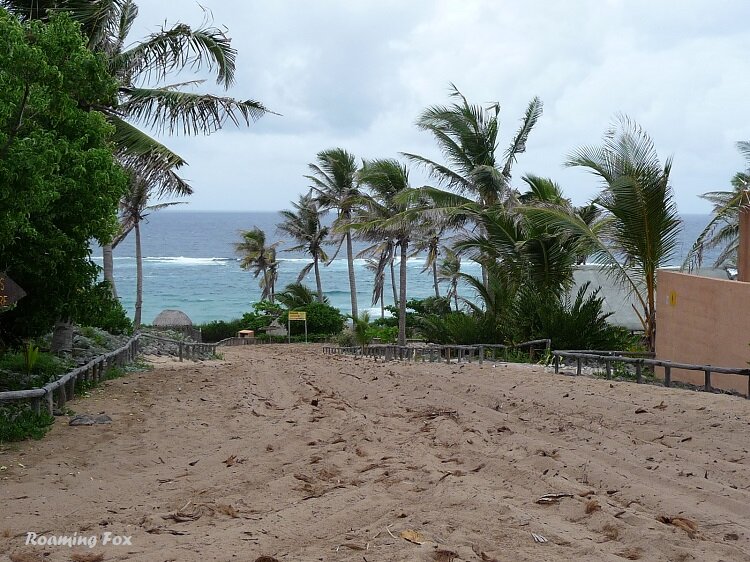













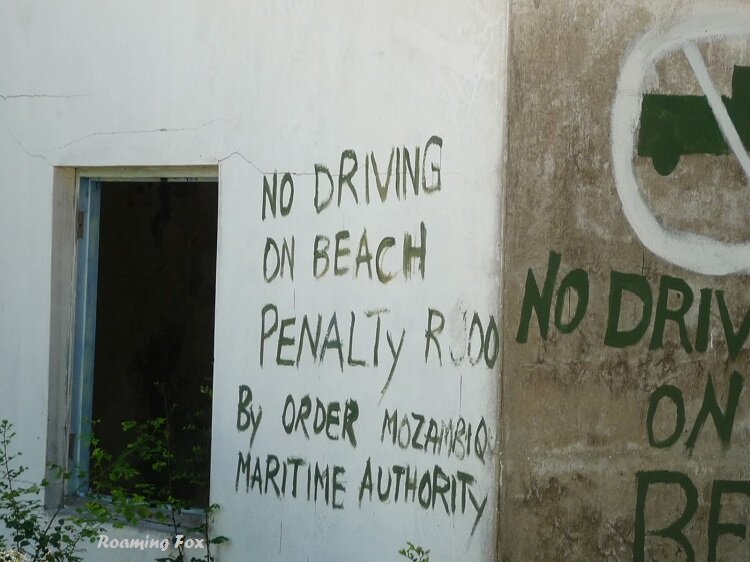







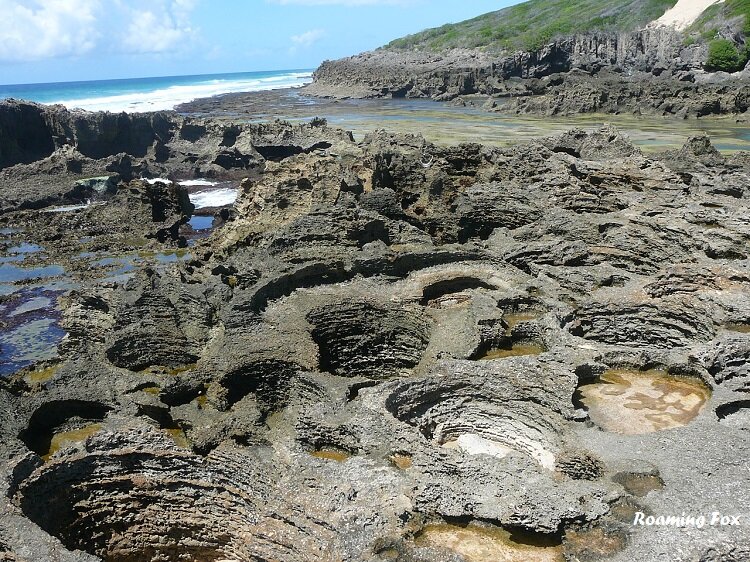

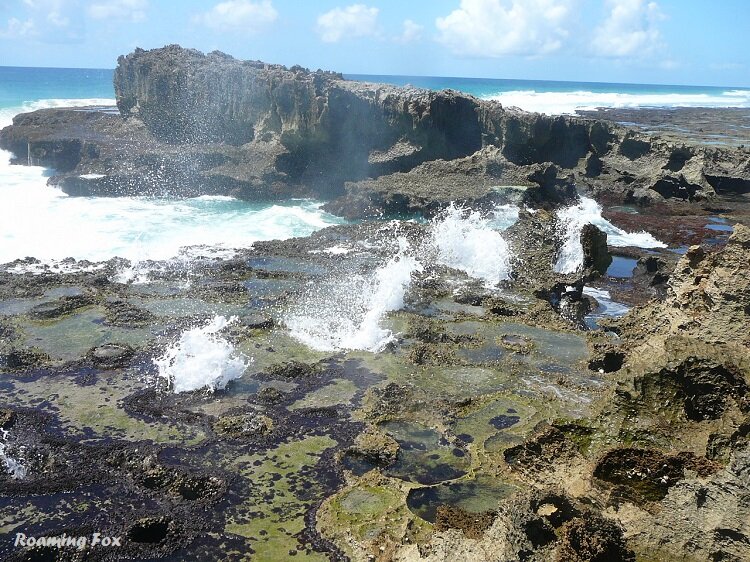













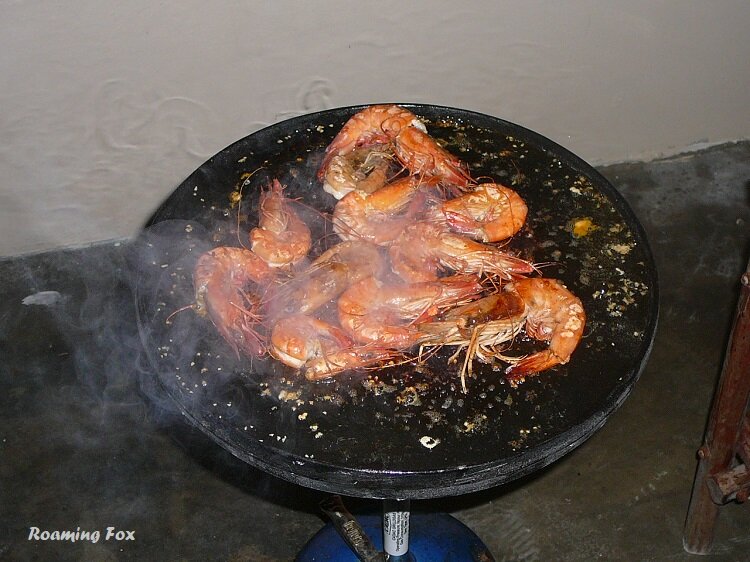















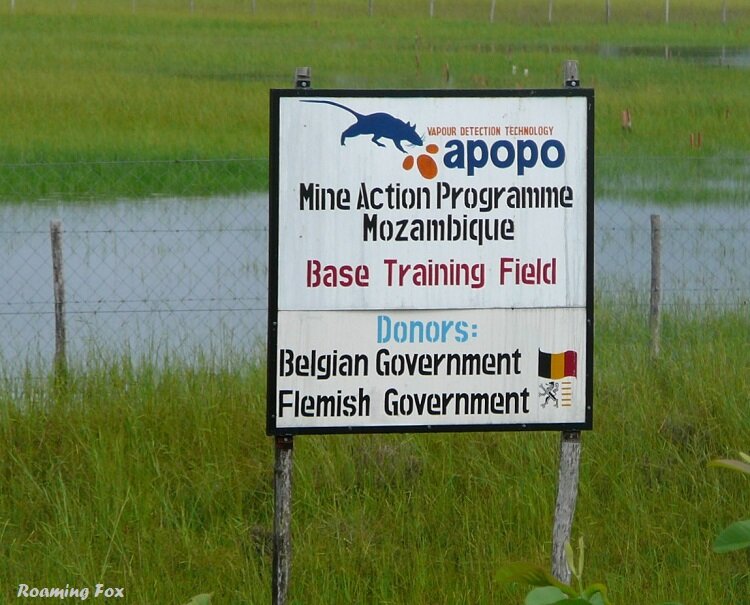







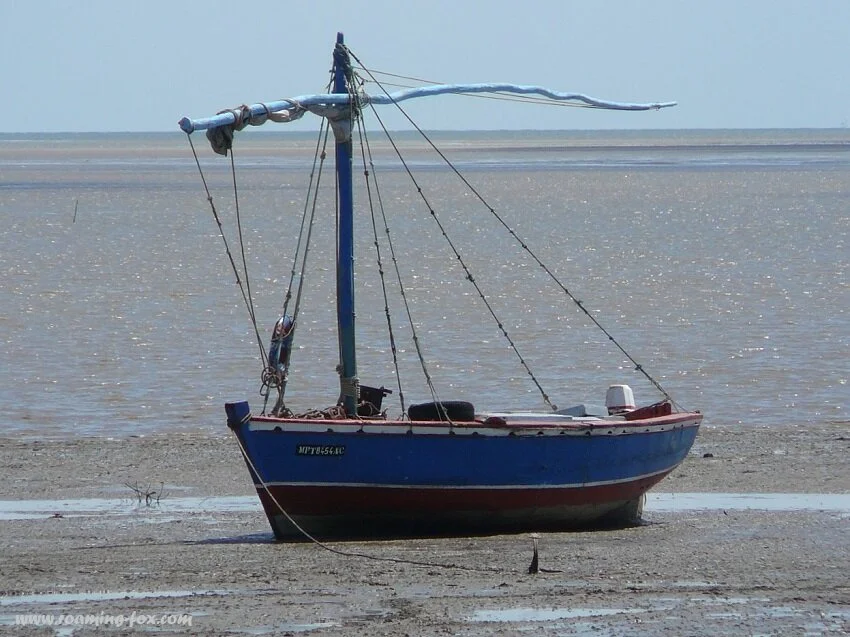
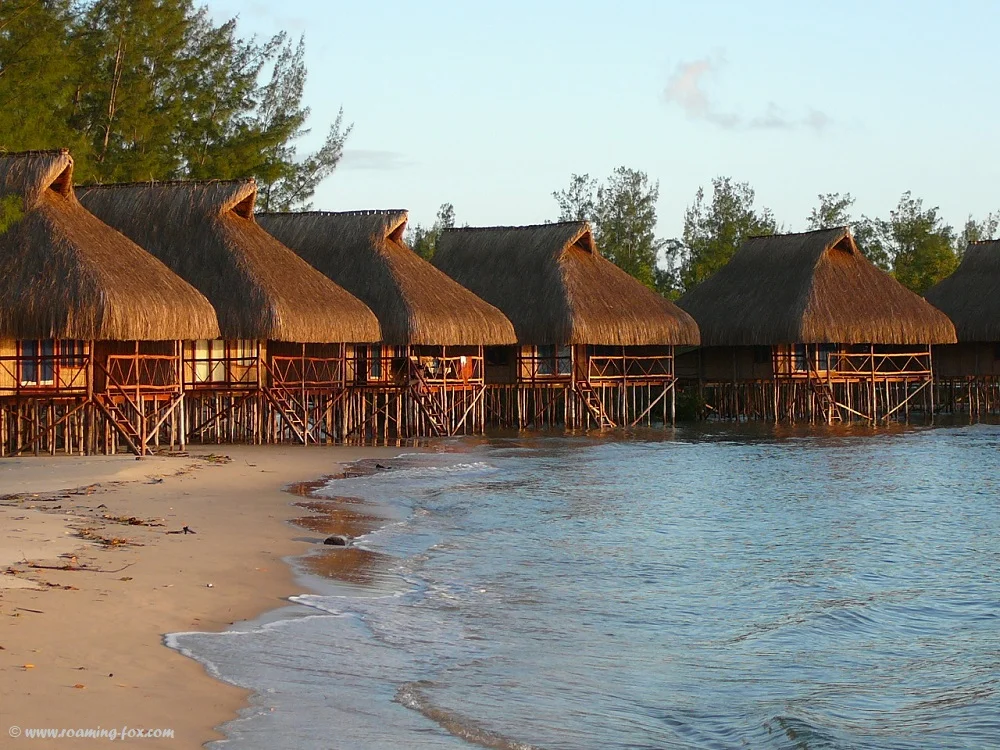







We were no strangers to Mozambique, as the Moz bug had bitten us well and truly. We have had numerous adventures and even some hairy moments.